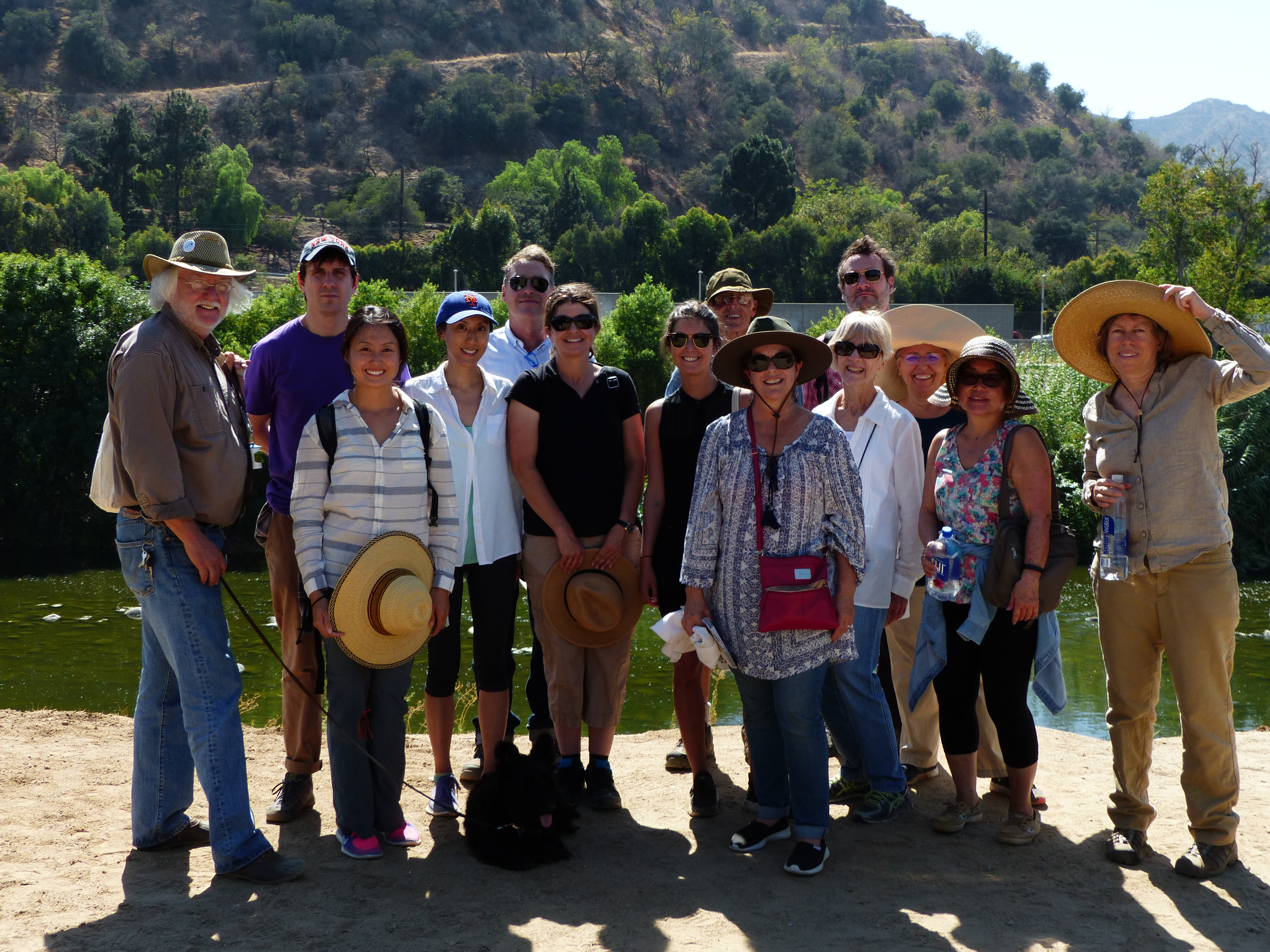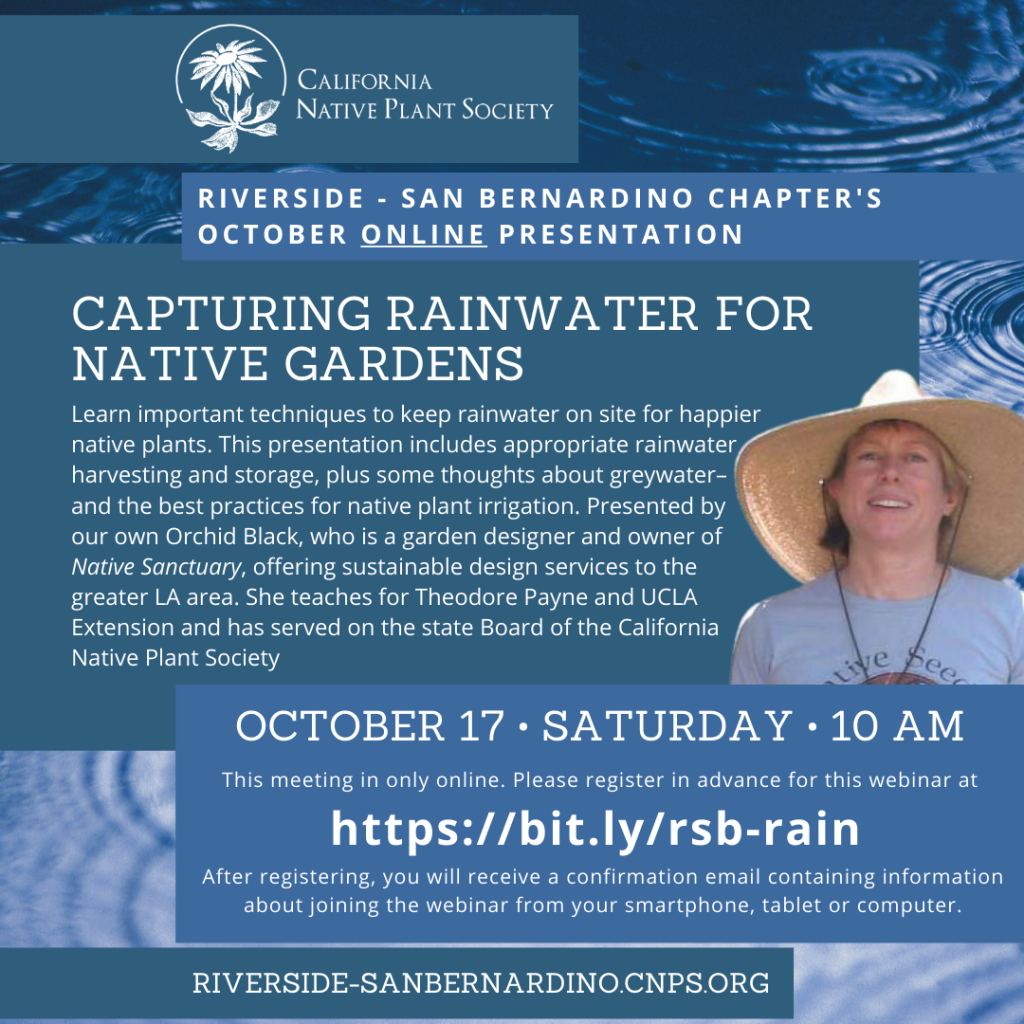Now is a good time to plant native milkweed, which is just coming out of dormancy.
Barbara Eisenstein and I led a robust Q&A on milkweed and Monarch butterflies at last week’s San Gabriel Mountains CNPS program meeting. The video and chat will be up on the cnps-sgm.org website here, once it is uploaded. I learned some things I didn’t know, especially about milkweed growing conditions.
Vince Scheidt told us that Narrowleaf Milkweed, Asclepias fascicularis, the one most easily available in local nurseries, is found in clay areas with some moisture. So those with lighter soils may want to water a little more, and possibly a little more often, than just once a week. For established native gardens, this may mean watering the milkweed by hand. Another beautiful milkweed local to the foothills region is Kotolo Milkweed, or Wooly Pod Milkweed, Asclepias eriocarpa.
It is still possible to start milkweed from seed at this point in spring – meaning this week, or at least before the end of March. To be successful the seed would have to be kept moist! For some gardens, especially in the valleys, this may mean daily watering, or you can start the seed in pots. By the way, most of the milkweed found at nurseries is grown from seed.
Many people asked about Oleander Aphids. They can be left on the plant, unless they are impacting the plant’s health. Both Barbara and I remove with our fingers, but they can be sprayed off with water or carefully removed with a Qtip, either dry or wet with rubbing alcohol.
Barbara spoke about the pathogen OE, for which non-native milkweed is a vector. Bob “Bug Bob” Allen has a great youtube about milkweed that goes into great detail about this pathogen, and why planting non-native milkweed in California, even if you cut it down in winter, can spread this pathogen.
There is more information about this at Monarch Parasites, and more information and citizen science at Monarch Watch
Barbara is giving a free zoom lecture tomorrow at 10:00 a.m. on milkweed. Zoom Meeting Instructions can be found on the Instagram Page of Seed Library of LA Altadena,, or email SlolaAltadena@gmail.com to register
 David King
David King





